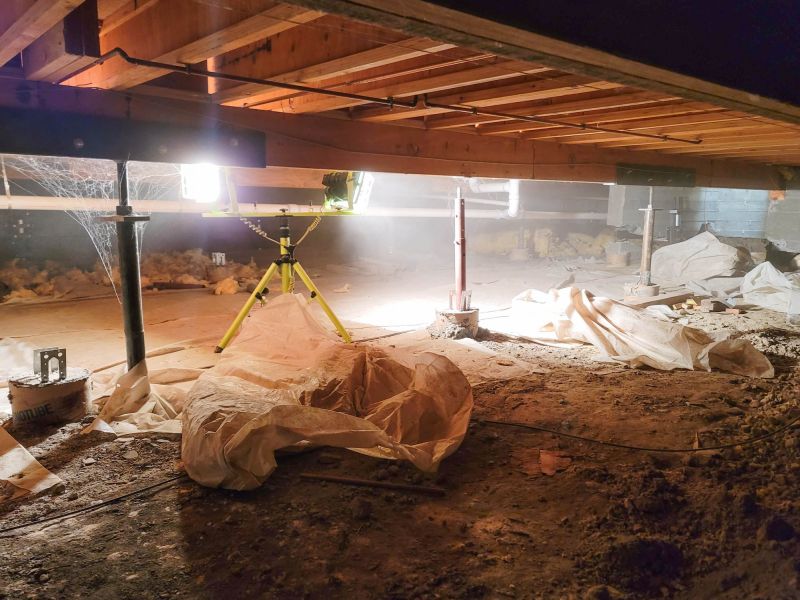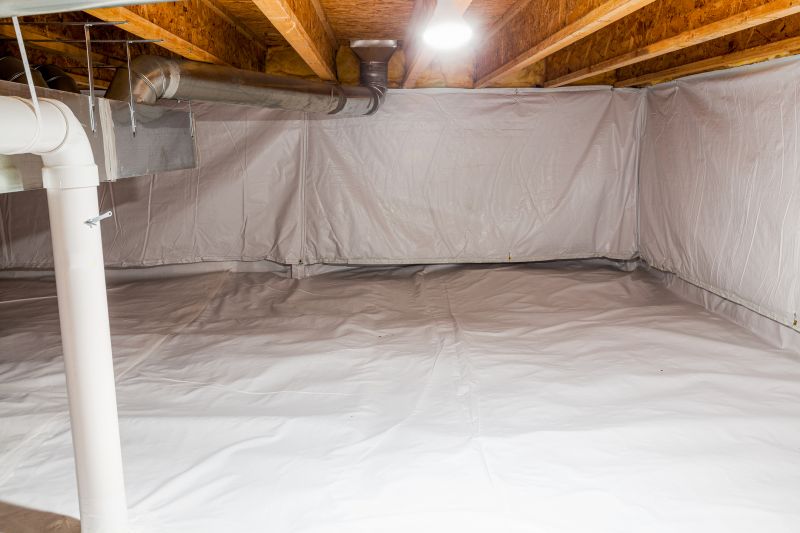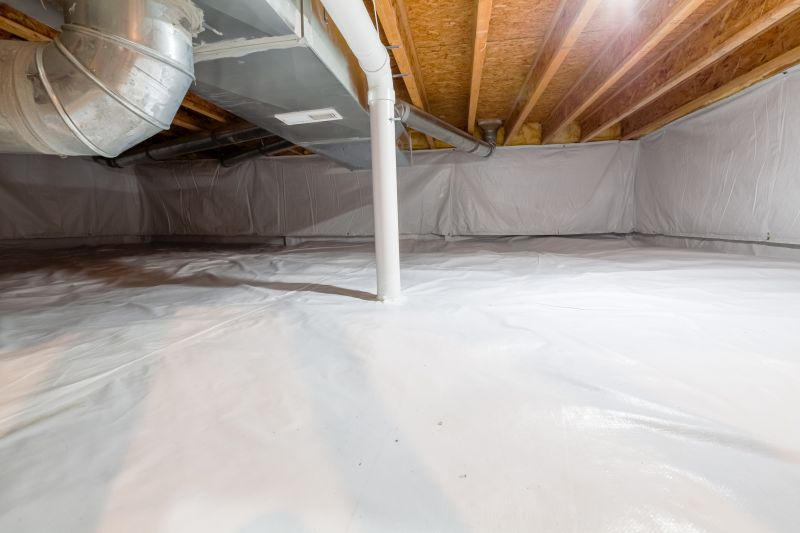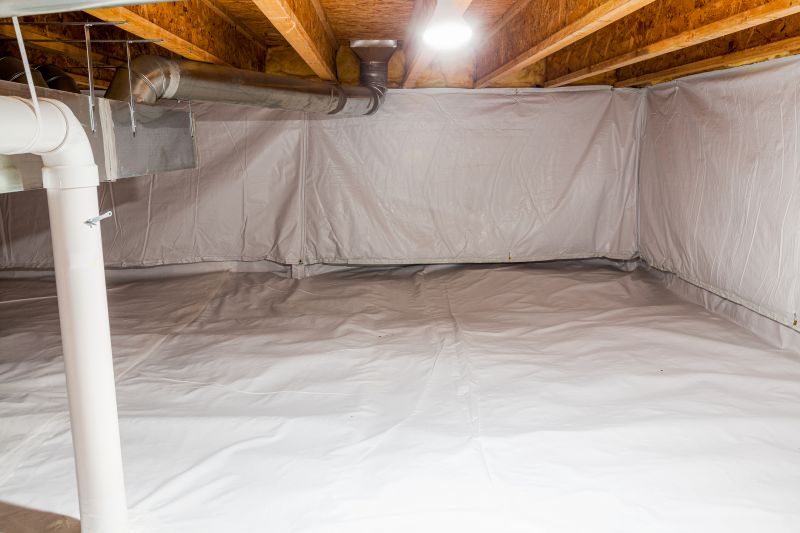Transform Your Crawlspace for Better Home Health
Sealing a crawlspace minimizes mold growth and reduces allergens, contributing to healthier indoor air quality and reducing respiratory issues.
Encapsulation helps maintain consistent indoor temperatures, leading to lower heating and cooling costs by preventing air leaks and moisture intrusion.
By controlling moisture levels, encapsulation prevents wood rot, mold, and pest infestations, extending the lifespan of the building's foundation.




Neglecting crawlspace encapsulation can lead to increased moisture levels, promoting mold growth, wood rot, and pest infestations. These issues can compromise structural integrity and lead to costly repairs. Additionally, unsealed crawlspaces can contribute to higher energy bills due to air leaks and poor insulation.
| Risks of Not Encapsulating | Potential Consequences |
|---|---|
| Excess Moisture | Mold growth and wood rot |
| Pest Infestations | Damage to structural components |
| Higher Energy Costs | Loss of conditioned air and increased heating/cooling expenses |
| Structural Damage | Foundation deterioration and shifting |
| Indoor Air Quality Issues | Respiratory problems and allergies |
| Decreased Home Value | Costly repairs and reduced appeal |
| Increased Repair Costs | Expensive remediation and restoration |
| Reduced Comfort | Inconsistent indoor temperatures |
Proper crawlspace encapsulation offers numerous benefits, including improved health, energy savings, and structural protection. To explore options tailored to specific needs, filling out the contact form can provide a detailed quote for crawlspace encapsulation services.

